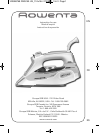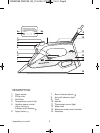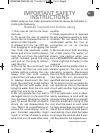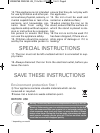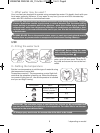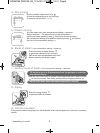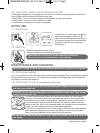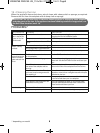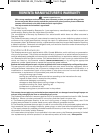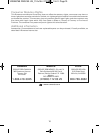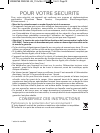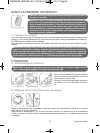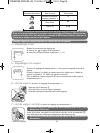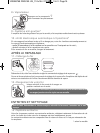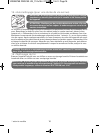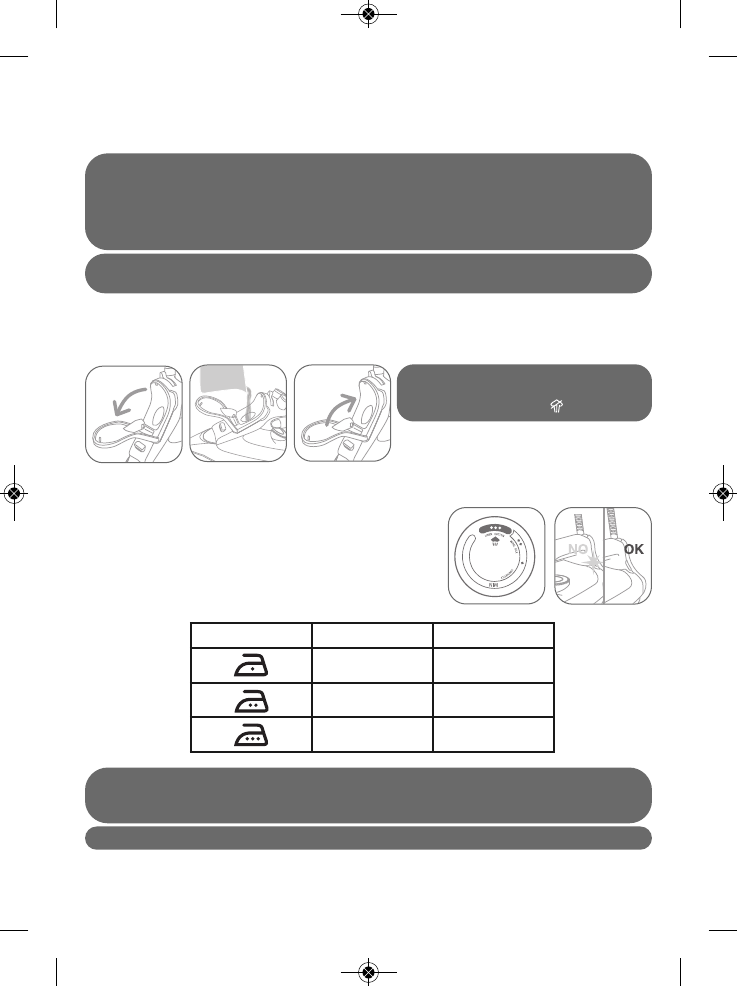
5
Ironing label Fabric Temperature control
Synthetic fibres, e.g.
viscose, polyester…
•
Silk, wool
••
Cotton, linen
•••
1 • What water may be used ?
Your iron has been designed to operate using untreated tap water. If in doubt, check with your
l
ocal water authority. However, if your water is very hard, you can mix 50% untreated tap
w
ater with 50% distilled or demineralised water.
IMPORTANTHeat concentrates the elements contained in water during evaporation. The types
of water listed below contain organic waste or mineral elements that can cause spitting,
brown staining or premature wear of the appliance : water from clothes dryers, scented or
softened water, water from refrigerators, batteries or air conditioners, pure distilled or demi-
neralized water or rain water should not be used in your iron. Also do not use boiled, filtered
or bottled water.
IRONING BOARD: Due to the powerful steam output, a mesh type ironing board must be
used to allow any excess steam to escape and to avoid steam venting sideways.
USE
2 • Filling the water tank
IMPORTANT Before filling the water
tank, unplug the iron and set the steam
control to dry position .
Tilt the iron. Open the filling inlet. Pour in
w ater up to the max mark. Close the fil-
ling inlet and return the iron to the hori-
zontal.
3 • Setting the temperature
Set the iron temperature to suit the type of material using
the temperature control dial.
Temperature control*: The temperature control light indi-
cates that the soleplate is heating up. When the tempera-
ture control light goes off , the set temperature is reached
and you can begin ironing.
IMPORTANT The iron takes longer to cool down than to heat up. We recommend that
you start with fabrics to be ironed at a low temperature. For mixed fabrics set the tem-
perature for the most delicate fabric.
TIP Always spray starch onto the reverse side of the fabric to be ironed.
* depending on model
1103908769 DW9150 US_110x154 27/07/11 15:41 Page5



